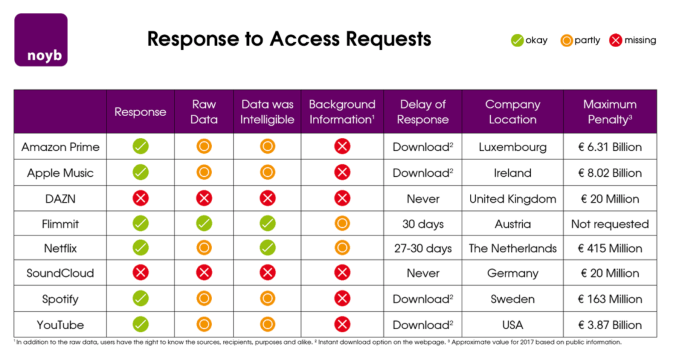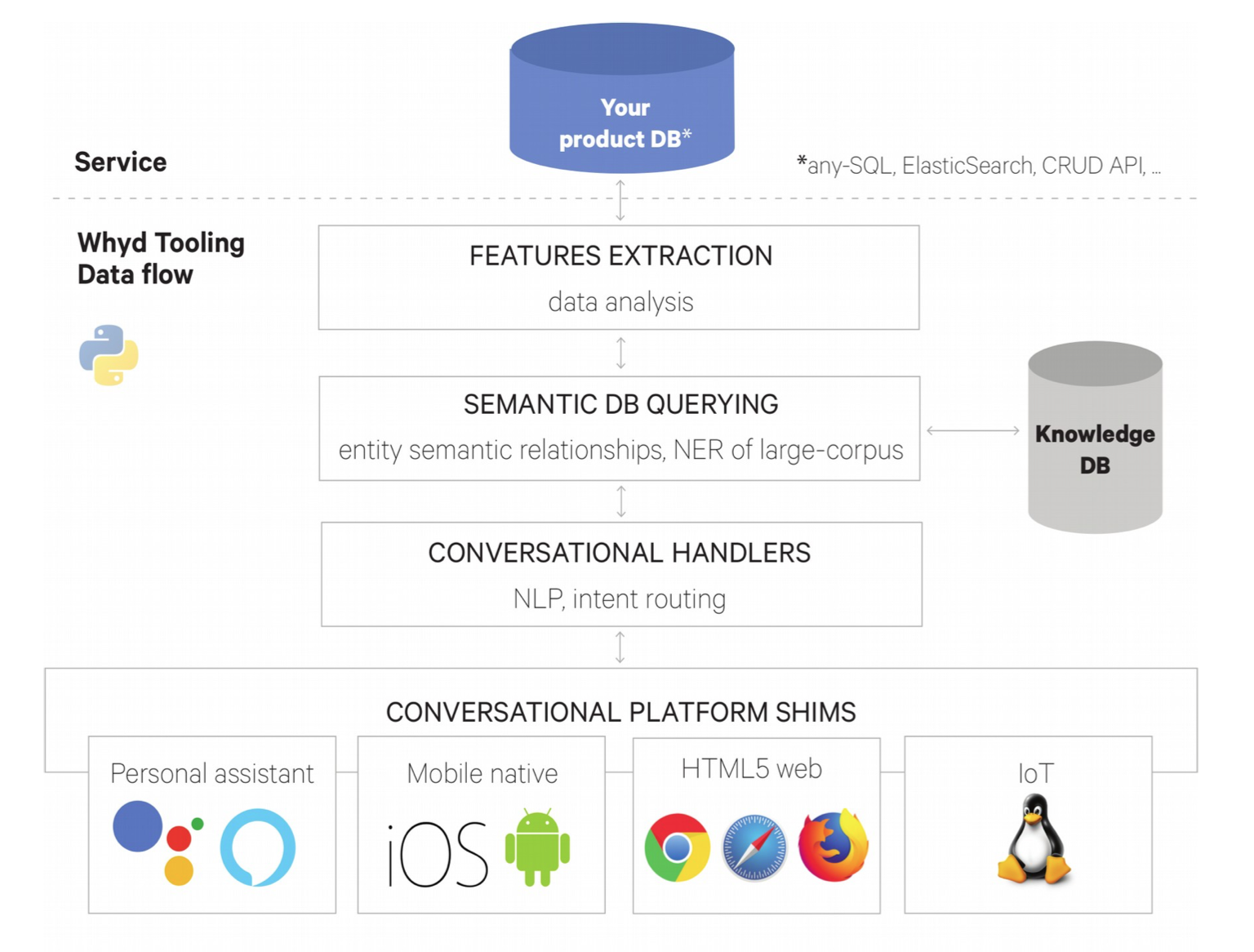A surge of audio services using AI are giving voice a boost in customer service, but when it comes to communications in the age of mobile, messaging continues to be a critical platform. Now, a startup called Zipwhip, which provides a platform for businesses to interact with customers by text messages from any business line — landline, VoIP, or toll-free — is announcing funding of $51.5 million to capitalise on that push to bring more text-based messaging into customer service.
This round, a Series D, is being led by Goldman Sachs, with participation from previous investors OpenView, M12 (formerly Microsoft Ventures) and Voyager Capital, and it brings the total raised by the startup to $92.5 million. John Lauer, co-founder and CEO of the Seattle-based company, said in an interview that it’s not disclosing valuation with this round but the figure is “absolutely higher than before.”
This is a growth round, and that’s what Zipwhip has mainly been doing since it last raised money, $22.5 million in September 2017.
Its revenues have grown by 80 percent in the last year as its customer base has hit 3.3 million phone numbers across 20,000 businesses (compared to 6,500 in 2017), including 100 large enterprises, and it’s inked deals with all the major carriers in the US in order to be able to interconnect business landlines to answer questions, sell things, and take complaints, all by text.
With the rest of the world’s carriers and business users still to tackle, there is a lot of growth at home left for the startup: it estimates that there are about 200 million business phone numbers in North America alone.
The opportunity and gap in the market that Zipwhip and companies like it — and there are others like OpenMarket (Lauer’s former company), MessageBird, Twilio to an extent and more — are attempting to tackle is that while a lot of businesses have set up the infrastructure to communicate with customers by phone, email and websites to sell them things, to receive complaints, to solve technical problems and other scenarios that require interactions, a lot of those customers are using text messaging in the rest of their lives, and ideally would prefer to have it as an option for all of those business interactions too.
In fact, Lauer notes that there is already a big swathe of missed contacts as a result of people who unwittingly try to send text messages to numbers that are in no way capable of receiving them, or are sending text replies to organizations that have texted them. But those messages are not going through because those numbers that do not take replies.
In other words, many assume that a Zipwhip style service already exists in more places than it does.
(Anecdotally, this has happened to me a number of times, and I’m guessing I’m not the only one.)
Zipwhip aims to solve that problem by letting an organization to use its platform to activate whatever telephone numbers they’re using for customer service.
Then, when a text comes through on that number — this is where the carrier integration is essential — it gets routed it through the Zipwhip platform so that it appears on an agent’s or sales person’s or tech support dashboard in order for the latter group to read and respond.
Typical use cases are for basic customer service and support, but he notes sports teams have signed on as customers have started using the platform for ticket sales and other use cases as well.
For now, all of these are routing back to humans with only the smallest amount of bot-ification (or using automated responses often based around some loose natural language-based machine learning) thrown in. For example: if a text is sent out of office hours, you might get a response saying someone will get in touch when the office opens again, or get given the option to get basic information through the text platform, if that’s all that’s needed.
“It’s still early innings, but the current feedback is that businesses and customers hate chatbots,” he said. “Yes, it’s a mixed bag, and the future will be exciting, but I do not think there is much that can replace humans today.”
(Pricing for Zipwhip is based on volume and ranges in monthly tiers of $35 for one line, $100 for multiple lines and priced to order for high volume enterprise services.)
Of course, when we talk about messaging in the modern phone, we’re often talking about smartphones and the use of apps like Faebook’s Messenger and WhatsApp, Viber, WeChat, Instagram and more. Many of these have started to realise the opportunity of tapping into the B2B2C opportunity. WhatsApp has started to roll out its WhatsApp for Business API, for example, to companies to help them answer queries, send them information they’ve requested and so on; and Messenger has dabbled in letting businesses interact around simple Q&A or purchases by way of bots, and more.
Interestingly, Zipwhip is taking a very different approach in that it has not integrated yet with any of these apps. Instead, it focuses on whatever the native texting app happens to be for a phone. Lauer said that this is partly the result of research that the company has conducted to help with product development.
Despite the efforts from messaging apps to make business messaging in their apps a thing, he said, “What we have found is that users are not instinctively using Messenger or WhatsApp when they think of texting a business. It’s so easy to use text messaging — and this is where a business would contact a user — that it becomes the default.”
It’s had a nudge to do that from the big platform players, too. Zipwhip was one of the first partners for Business Chat, the new service from Apple to let businesses communicate with customers and make purchases via iMessage, although that initiative hasn’t really seen much activity in recent times.
“Apple is dong a great job and we’re excited to get more involved,” Lauer said diplomatically when I asked him about it.
More substantial has been Zipwhip’s work with Google, which has been pushing its RCS standard for years now, to promote the idea of bringing more app-like interactivity and experience to basic text messaging, first on Android devices, as a way of helping Google and carriers better combat the rise of messaging apps — another reason why Zipwhip may be less inclined to integrate with them as well.
“Google is a customer and partner of ours. RCS was really the thing we needed, and the reason it’s happening is because of Google,” Lauer said. While there are not that many handsets out there yet that have been activated to work with RCS, this is coming, he added. “What we’re hearing is that more carriers will deploy more updates over the air to turn it on.”
As a customer, he notes that Google does a lot of text messaging to enable things like AdWords and all that runs through Zipwhip’s platform.
Lauer said that fundraising has gotten “a lot easier” as the company has grown and shown investors that despite the huge surge of popularity of apps, there’s still life an opportunity left in humble text messaging.
“Zipwhip sits at the powerful intersection of a huge addressable market, a proven history in industry innovation and an agile SaaS-based approach that will allow the company to grow and evolve for the foreseeable future,” said Dorr. Hillel Moerman, Head of Goldman Sachs’ Private Capital Investing group, said in a statement. “The product, team and corporate vision behind Zipwhip position the company to continue its successful trajectory. We look forward to working with Zipwhip’s leadership team as they meet the growing demand for a better way for businesses and consumers to communicate.”
Still, there will be more convincing to do beyond VCs. “For us the challenge going forward is getting businesses to be more aware that they can actually do this, add texting into their solutions,” he said. “It’s still early days.”





